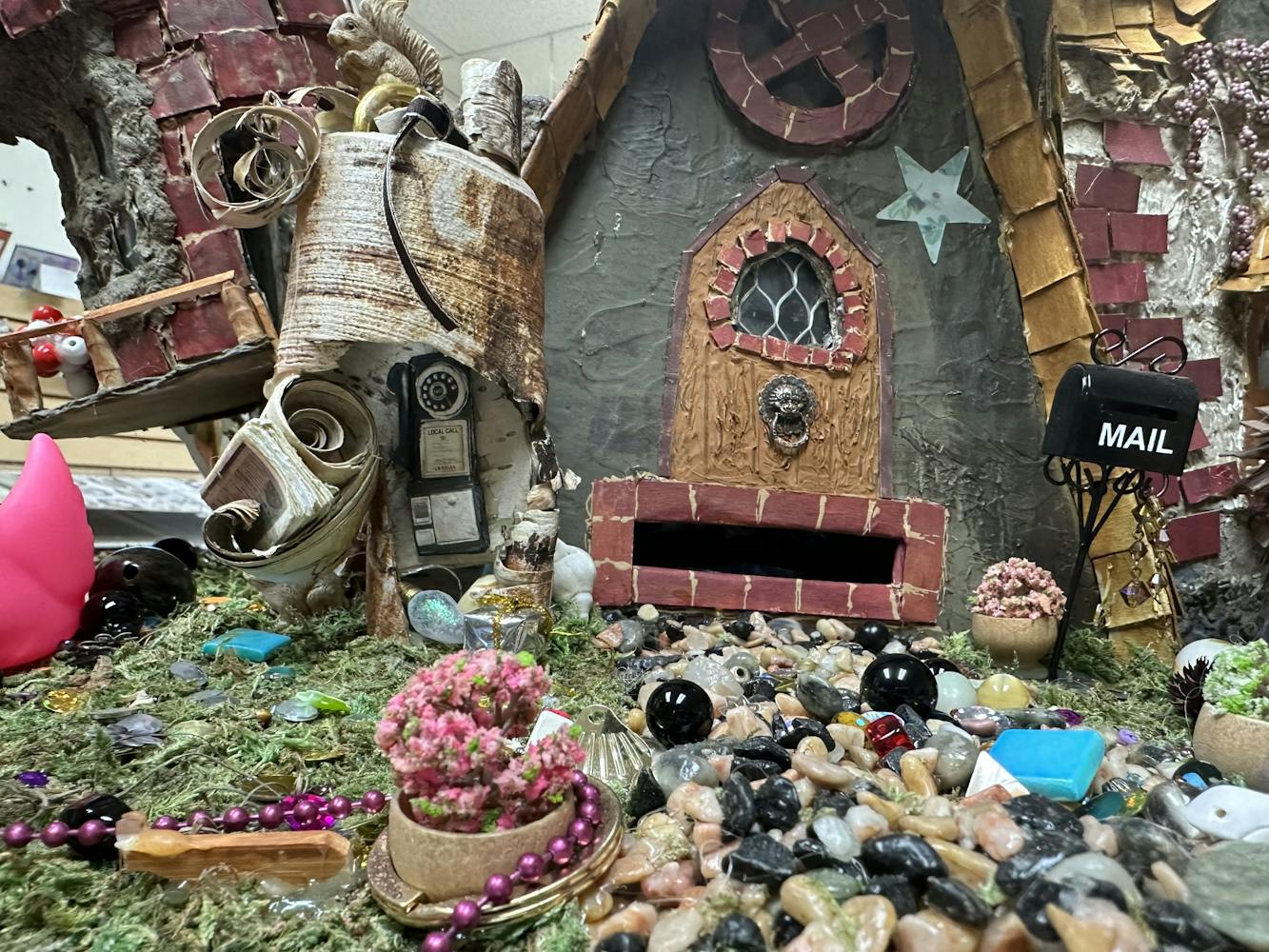I have been painting and drawing since I could hold a crayon. Art was an important part of my life growing up and is still at 21. When I create things now, I mostly do it for an outcome, a finished piece. I sometimes forget that the artistic process can be so much more than just the satisfaction of a final painting.
The concept of art therapy has briefly crossed my mind only a few times but I’ve never seriously considered it as being more than relaxing. The “therapy” part never made sense to me. I didn’t understand how it was supposed to work.
I always thought that art therapy was supposed to be a way to relax and calm the mind. It didn’t occur to me that it might do more than that. As it turns out, there are two types of art therapy. There is art as therapy and art therapy itself.
Art therapy started as a helpful treatment for folks in sanatoriums dealing with various diagnoses in the early 1940s. It provided a sort of relief during a patient's time in quarantine. Art therapy was also introduced to the U.S. around the same time by Margaret Naumburg, a teacher, and Edith Kramer, an artist. They believed what many still believe now, that this form of therapy allowed the unconscious brain to be accessed in ways it never was before.
“Just the act of creating and the process is itself therapeutic. It’s cathartic, it’s calming, it’s relaxing,” said Clare Wheeler, describing the concept of art as therapy. Wheeler is a licensed mental health counselor associate and owner of Creative Instincts Counseling.
Art therapy is diving into the painting and analyzing what you see and how it relates to your inner perceptions and emotions; what were you feeling when you painted that blob, why did you use that color, and so forth. The therapist doesn’t analyze it for you – their role is to help guide you through the therapeutic process.
To clarify, art as therapy is using art to unwind, relax and simply enjoy the creative process, while art therapy is using art to explore the psyche. I am more interested in what art therapy is capable of.
“I would never analyze the drawing myself, but I would ask the client what they see there,” Wheeler said. “If it had something to say to you, what would it say, what does it want?”
One thing that an art therapy session can do that regular talk therapy cannot is access the subconscious part of our brains.
“It prompts something, it brings up something into the room that wasn’t there before," said Nicole Hilgers, an art teacher in Bellingham and an art therapist in training. “It’s almost like a third person in the room.”
An art piece can act as a representation of processes occurring in the mind that can’t be expressed through words. Having this “third person in the room” can make accessing some of those hard-to-reach feelings easier.
“You get this opportunity to communicate with that third entity,” Hilgers said.
This process allows people to recognize concepts or thought patterns as objects outside of themselves.
In the past when I’ve let myself paint simply for the sake of being creative, I did so when I was in a deep emotional spiral. In one painting, I let myself do whatever I wanted to the canvas, with no expectations of having something to display. I used a lot of greens, blues and purples. The painting is swirly and chaotic, maybe because I was feeling so anxious at the time.
Actually, it turned out to be one of my favorite paintings I’ve done in a while, but the point wasn’t to have something amazing, it was just to paint.
“I always tell people, ‘You’re not making something you want to put on the fridge,’” Wheeler said. “You certainly can, but that’s not the point.”
I feel strange referring to myself as an artist, but my friends and family would disagree. As someone who creates regularly and has high personal standards, the benefits of art therapy feel out of reach. I suspect that I would get caught up in wanting to create something worthy of showing off, rather than letting my subconscious flow.
Wheeler said sometimes it is even better if her clients, or people in general, aren’t artists when they try art therapy. Artists can get in their heads quickly and forget they are supposed to be in it for the process, not the outcome.
“They have already built in limitations in their mind of what they can and can’t do,” said Wheeler. She notices some of her clients who are not artists tend to reach realizations more quickly.
Sometimes there are occasions – occurring more often for some than for others – where an artist reaches a “flow state,” or a state of being so entranced in a project that the outside world may fade away.
“When I do have the time to create on my own, that’s when it gets therapeutic. When all the conditions are right and I’m able to flow,” said Sophia Robertson, a third-year double major in studio art and history of culture. “It’s cliche, but time falls away and I get in a really special zone.”
As an artist, Robertson experiences a different side of art, the more critical side. Her work currently heavily revolves around classes and techniques – but she loves art all the same.
Art therapy isn’t for everyone. Art may seem more intimidating than relaxing or helpful to some people. But if you’re open to it, pick up a pencil, or better yet, a crayon, and see where it takes you.
“If you create something that has personal meaning, that provokes emotion or even looks nice, dare I say, you’ve created art. That's just how I feel,” Robertson said.
Sophie Bechkowiak (she/her) is writing for the opinion beat at The Front this quarter. She is in her fourth year at Western working towards a journalism news/editorial major and a philosophy minor. On her days off she enjoys thrifting, art, watching documentaries and goofing around with friends.
You can reach her at sophiebechkowiak.thefront@gmail.com.








